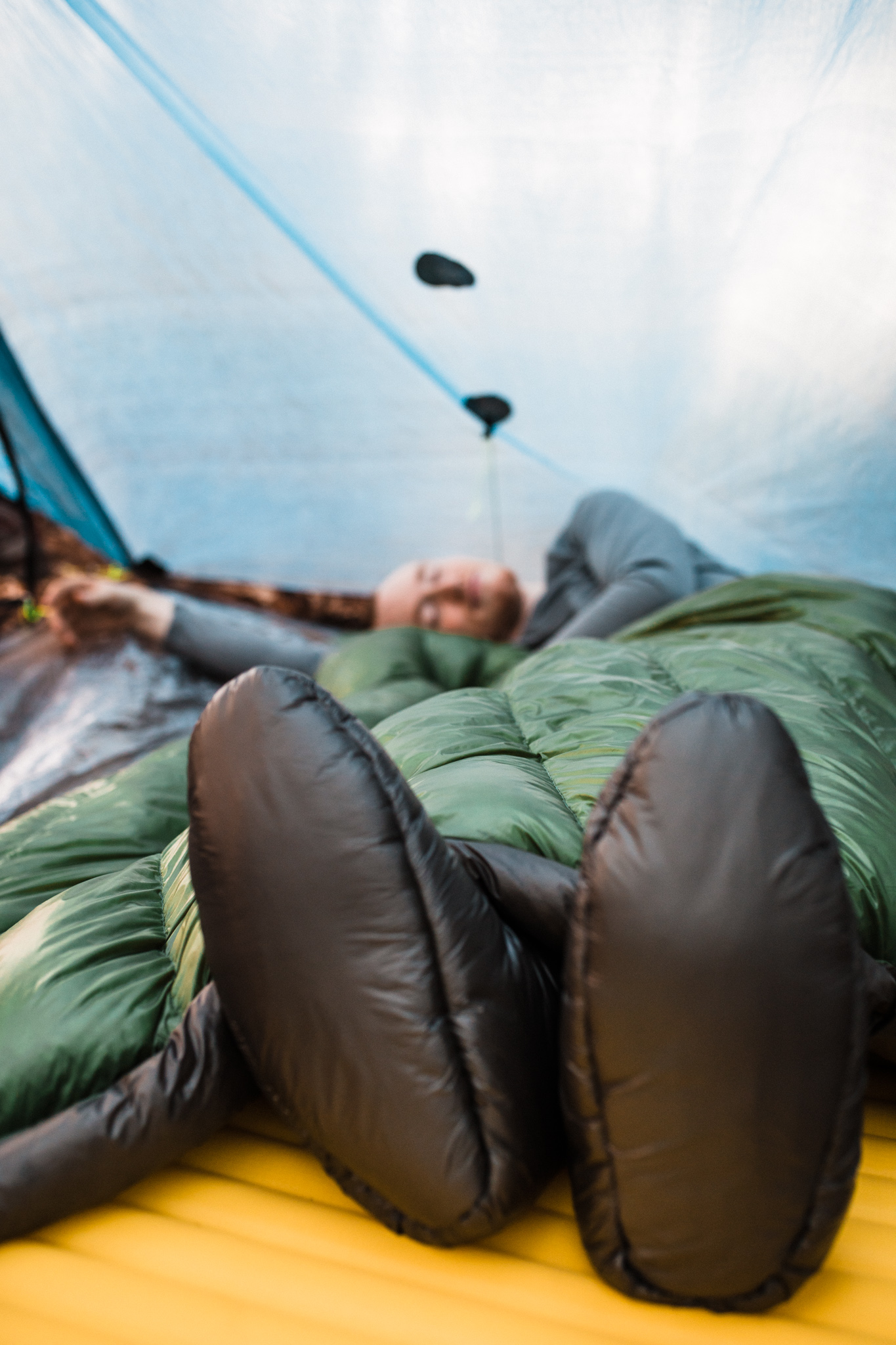Shelters 101
Introduction
Shelters are part of the backpacking big three and are a crucial part of any sleep system. There are many different models and styles to shelters, but here’s some information about tents and tarp tents to help make a choice.
Should i use a Tent?
Tents are what come to mind for most people when considering sleeping outside. Tents use a pole structure to support a fabric and netting body that provides rain and bug protection. This can range anywhere from expedition mountaineering tents to small ultralight solo shelters. Tents are popular because provide a simple, comfortable solution for sleeping outside. They are easy to set up, provide solid protection from wind, rain and bugs as well as manage condensation well due to the double wall design. The downside of tents is oftentimes weight and bulk. Carrying single-use poles and a double-wall tent body adds up! More weight-conscious users might opt for a tarp tent.
What is a Tarp Tent?
Tarp tents, as referenced in the name, are a hybrid of a tarp and tent. This usually includes a single wall “tarp” element, combined with a netting and floor “tent” element. This provides a desirable combination of lighter weight and full enclosure for mosquito protection. The downside of tarp tents is condensation. Without a second wall, moisture from breathing at night collects on the single wall and can get the interior wet.
Are Tarps and Bivys for me?
Shelters are part of the backpacking big three and are a crucial part of any sleep system. There are many different models and styles of shelters, but here’s some information about tarps and bivys to help you make a choice.
Whata are Tarps used for?
Tarps are the lightest, most minimal form of shelter. This can range anywhere from a solo minimal tarp, or large pyramid that works for a large group. For the sake of this article, we’ll use tarp to refer to a single-layer shelter that has no netting. Tarps generally provide the least coverage and require the most skill to use effectively, meaning they are best for advanced users in milder conditions.
Bivys
In a mountaineering context, a bivy often refers to a waterproof sleeping bag cover, not unlike a tiny tent. In our ultralight context, a bivy describes a “bug bivy” which is often a waterproof floor and a mosquito netting top used in conjunction with a tarp. We recommend a bivy in combination with a tarp to provide bug and wind protection. In addition to cutting wind, a bivy can add a small amount of additional warmth to a sleep system from the extra material.
What does this mean for me?
Tarps, like many ultralight techniques and equipment, require additional skills to function properly. We recommend an adjustment period in addition to learning these skills in a comfortable and safe environment before hitting the trail. This might involve setting up the tarp in a backyard multiple times, then an easy and comfortable overnighter before committing to a more significant trip. With these skills in place, tarps can provide flexibility and weight savings few shelters can compare to.




